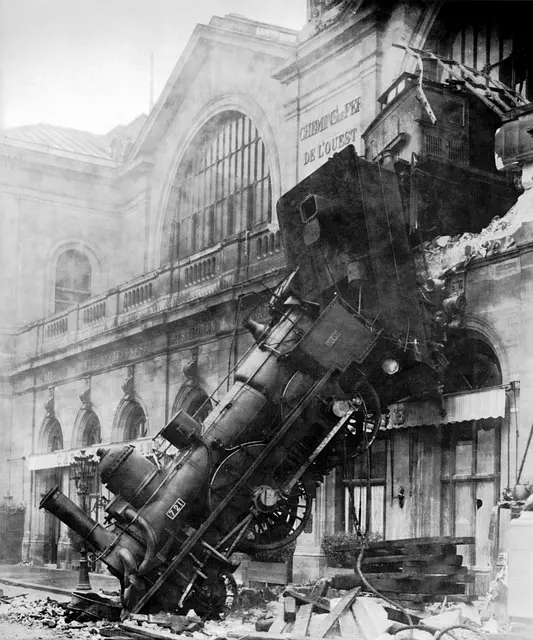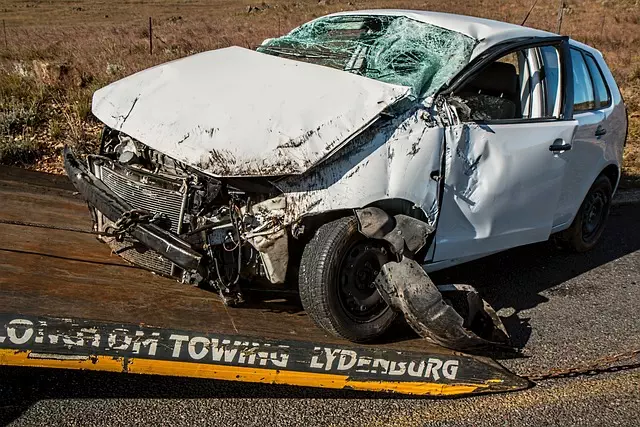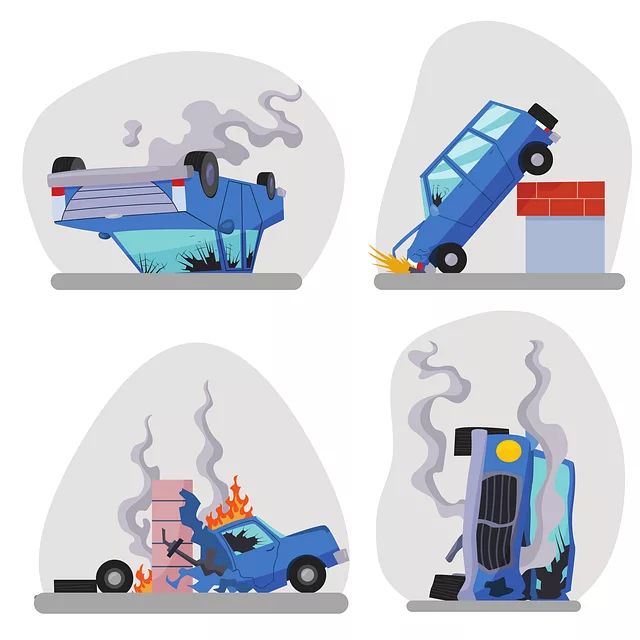In Manhattan, cyclists have rights and responsibilities equivalent to motorists under New York State law. They can use marked bike lanes and sidewalks (when permitted) with the right of way, but must follow traffic rules. Vehicles must leave at least three feet of space when passing cyclists in these areas. Premises liability lawyers help clarify these laws and navigate accidents involving cyclists on private property. Understanding rights and responsibilities is crucial for safe cycling and compensation claims in case of an accident.
In the bustling metropolis of Manhattan, understanding cyclist rights and responsibilities is crucial for both riders and road users. This article explores the legal framework governing cyclists’ right of way in New York City, focusing on premises liability for bike accidents. We’ll detail who has the right of way on Manhattan’s streets and provide safety tips for cyclists navigating this vibrant city. Additionally, we’ll discuss the role of property owners in ensuring safe biking conditions and illustrate premises liability claims related to cyclist accidents. For those seeking guidance, consider consulting a Premises Liability Lawyer NYC.
- Understanding Cyclist Right of Way in Manhattan: Legal Premises
- – The legal framework governing cyclist rights and responsibilities in New York City.
- – Relevant laws and regulations related to premises liability for bike accidents.
- Who Has the Right of Way on Manhattan Streets?
Understanding Cyclist Right of Way in Manhattan: Legal Premises

In Manhattan, cyclists enjoy a legal right of way in certain situations, but understanding these premises is crucial. According to New York State Vehicle and Traffic Law, bicyclists are considered vehicles and have the same rights and responsibilities as motorists. This means that when a cyclist is within a marked bike lane or riding on a sidewalk (where permitted), they are legally entitled to the same right of way as other vehicles, including cars and trucks. A Premises Liability Lawyer NYC can help elucidate these laws and their implications for both cyclists and drivers navigating the bustling city streets.
Cyclists must follow traffic signals, stop signs, and yield to pedestrians in crosswalks or while entering or crossing sidewalks. However, when a cyclist is in a marked bike lane or on the sidewalk (as allowed by local regulations), vehicles approaching from behind are required to give them at least three feet of passing space. This law is designed to promote safety and ensure that cyclists have a clear and secure path, especially in Manhattan’s labyrinthine streets.
– The legal framework governing cyclist rights and responsibilities in New York City.

In New York City, cyclists have specific rights and responsibilities governed by state and local laws. According to New York Vehicle and Traffic Law (VTL), bicycles are considered vehicles and cyclists must obey traffic signals and lane markings. Cyclists have the right to use all public roads and streets, including bike lanes when available, and have the same obligations as motor vehicle operators, such as stopping at red lights and stop signs.
Premises Liability Lawyers in NYC emphasize that while cyclists enjoy these rights, they also face unique challenges. For instance, they must be vigilant in sharing the road with larger vehicles and pedestrians. In case of an accident, understanding one’s rights and responsibilities is crucial. Cyclists can seek compensation for injuries sustained due to another party’s negligence under premises liability laws if their crash was caused by unsafe conditions on public property.
– Relevant laws and regulations related to premises liability for bike accidents.

In New York City, cyclists’ rights and responsibilities are governed by state and local laws, including those regarding premises liability. If a bike accident occurs on private property due to unsafe conditions, a Premises Liability Lawyer NYC can help determine legal recourse. According to New York Civil Practice Law and Rules (CPLR), property owners have a duty to maintain their premises in a safe condition and to warn of potential hazards. Negligence on the part of the owner may lead to liability for injuries sustained by visitors, including cyclists.
When assessing a case, courts consider factors such as the visibility of the hazard, the reasonable care expected of the property owner, and whether the cyclist exercised reasonable care. Cyclists have the same rights as motorists under New York law, but they also face unique challenges due to their vulnerability on the road. Understanding these legal principles is crucial for cyclists navigating Manhattan’s bustling streets and ensuring fair compensation in case of an accident.
Who Has the Right of Way on Manhattan Streets?

In Manhattan, the right of way on streets is a complex matter and varies depending on local laws and traffic conditions. While motorists are typically granted the right of way in many situations, cyclists also have specific rights and protections under New York City regulations. As per the rules, pedestrians generally have the right of way at intersections and crosswalks, while cyclists are considered vehicle operators and must follow the same traffic signals and signs as cars.
In certain circumstances, such as when a cyclist is approaching or crossing a busy intersection, they may be required to yield to incoming vehicles. However, when a cyclist is riding on a designated bike lane or path, they have the same rights as any other vehicle operator, including the right to occupy the full lane if necessary for safety. Premises Liability Lawyers in NYC emphasize that understanding these rules is crucial for both cyclists and motorists to ensure safe navigation of Manhattan’s bustling streets.
Understanding the right of way for cyclists in Manhattan is essential for both riders and drivers. By familiarizing themselves with the legal framework, including premises liability laws, all road users can contribute to making New York City’s streets safer. Remember that a Premises Liability Lawyer NYC can provide guidance on these complex issues, ensuring everyone abides by the rules and enjoys a secure cycling experience in this vibrant metropolis.
